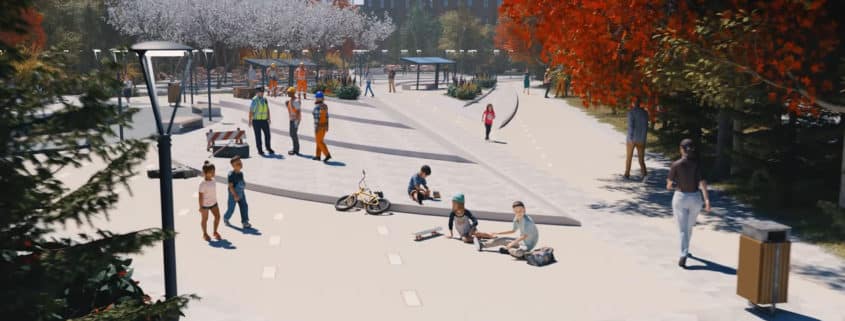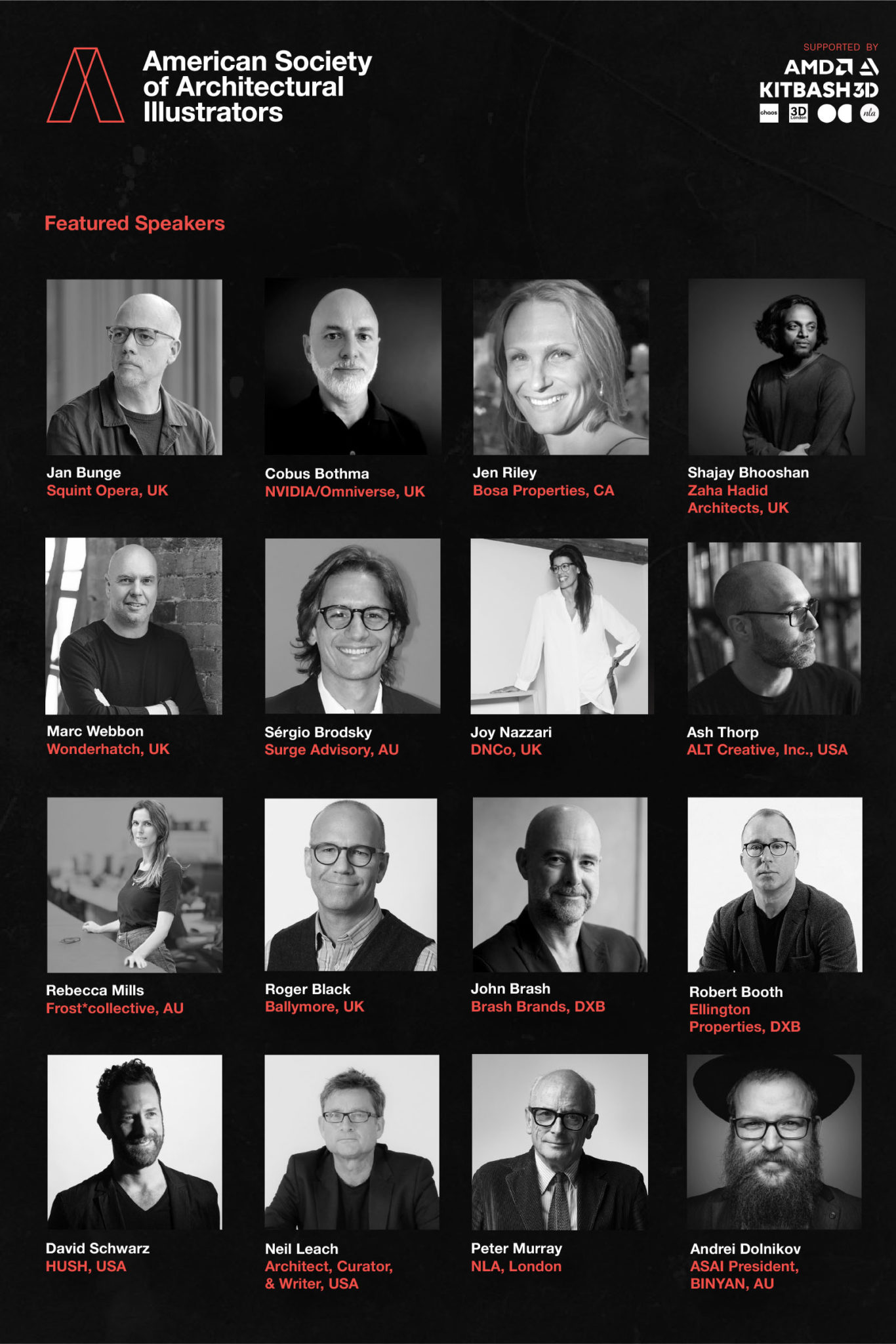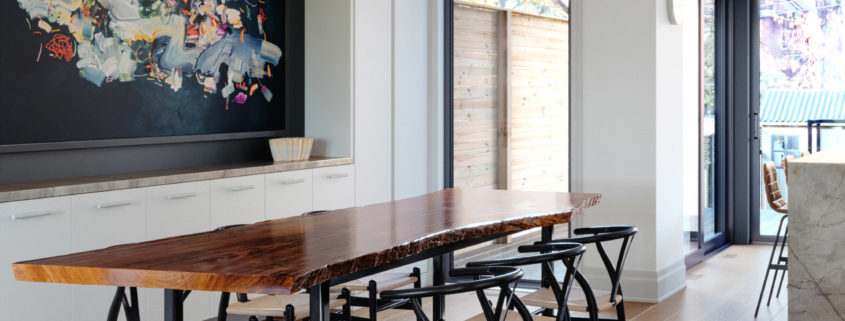Somewhere in the Alps
/in Case Study 3ds max, mesh FStormRender, Photoshop /by Ronen BekermanCASE STUDY by Visequence
Somewhere in the Alps
Showcasing a commissioned project by Studio Visequence for Moser Wohnbau & Immobilien in Lans, Austria. The project aims to create a unique blend of comfortable living spaces and nature, highlighted by attention to detail and modern architectural elements and natural influences. The final product is a one-of-a-kind residential development captured in detailed 3D renderings created with industry tools such as 3ds Max, Corona Renderer, Forest Pack, and Photoshop. In this article, we look at the creative process and the tools used to bring this project to life.
Reading time: 2 min 14 sec
Introduction
This project aims to create a truly unique residential experience, one that seamlessly blends comfortable, private living spaces with an open and tranquil atmosphere. Our goal was to highlight the close relationship between architecture and the natural environment while also showcasing the luxury townhouses from the perspective of the residents who will call them home.
Attention to detail was of paramount importance throughout the design process. We carefully selected materials that accurately reflect future development and paid particular attention to the landscape design, which plays a crucial role in the overall aesthetic. Each townhouse features its own private terrace and garden, further emphasizing the connection to nature.
The exterior and interior design of the townhouses are a harmonious blend of modern architectural elements and the influence of the surrounding natural environment. Warm, natural materials and generous use of greenery further enhance this connection. We made sure to include all important details in the renderings so that the final product truly captures the essence of this one-of-a-kind residential development.
Table of Contents
Tools Used
The main tools used in creating the project were 3ds Max (both for 3D modeling and setting up the scene), Corona Renderer for lighting, Forest Pack for scattering elements, and Photoshop for post-production. With 3ds Max, we could create highly detailed models, while Corona Renderer allowed us to simulate lighting and shadows realistically.
Forest Pack was essential for creating realistic environments, as it allowed us to scatter objects, trees, and vegetation with ease. Finally, Photoshop was used for editing and post-production, enabling us to fine-tune the final image.
Gathering References
In creating the visualizations for this project, we drew inspiration from reference photos we gathered showcasing the spectacular mountain panorama surrounding the site. The client desired a mix of commercial and cheerful images, as well as some more moody shots showcasing the atmosphere of the development at different times of the day and in different weather conditions.
Throughout the design process, we experimented with various options for materials, camera angles, and lighting, ultimately settling on a warm and sunny aesthetic for the majority of the views.
Camera and lighting tests (were not chosen):
We also utilized actual photos of the surrounding area to ensure that the images of the future buildings were as accurate to reality as possible, including aerial shots for a broader perspective.
Post Production
Post-production played a crucial role in the final outcome of the project. We found that it was beneficial to add elements such as foreground greenery and certain background elements in post-production, while other parts that looked good in 3D were best left as they were. This approach allowed us to achieve a balance of realism and aesthetic appeal while also being mindful of the time and resources required for each stage of the process.
Here’s a short GIF that represents an example of the stages of post-production:
Final Comments
The project is inspiring because it’s always enjoyable to work on something that looks good and makes you eager to see it come to life.
Visequence is a creative studio based in Gdansk (Poland) which specializes in delivering high-end visualization solutions to architects, designers, and real estate developers worldwide. We have an individual approach to every project, and our main goal is to show future architecture in the best possible way. We are always open to new cooperation and waiting for Your projects.





















